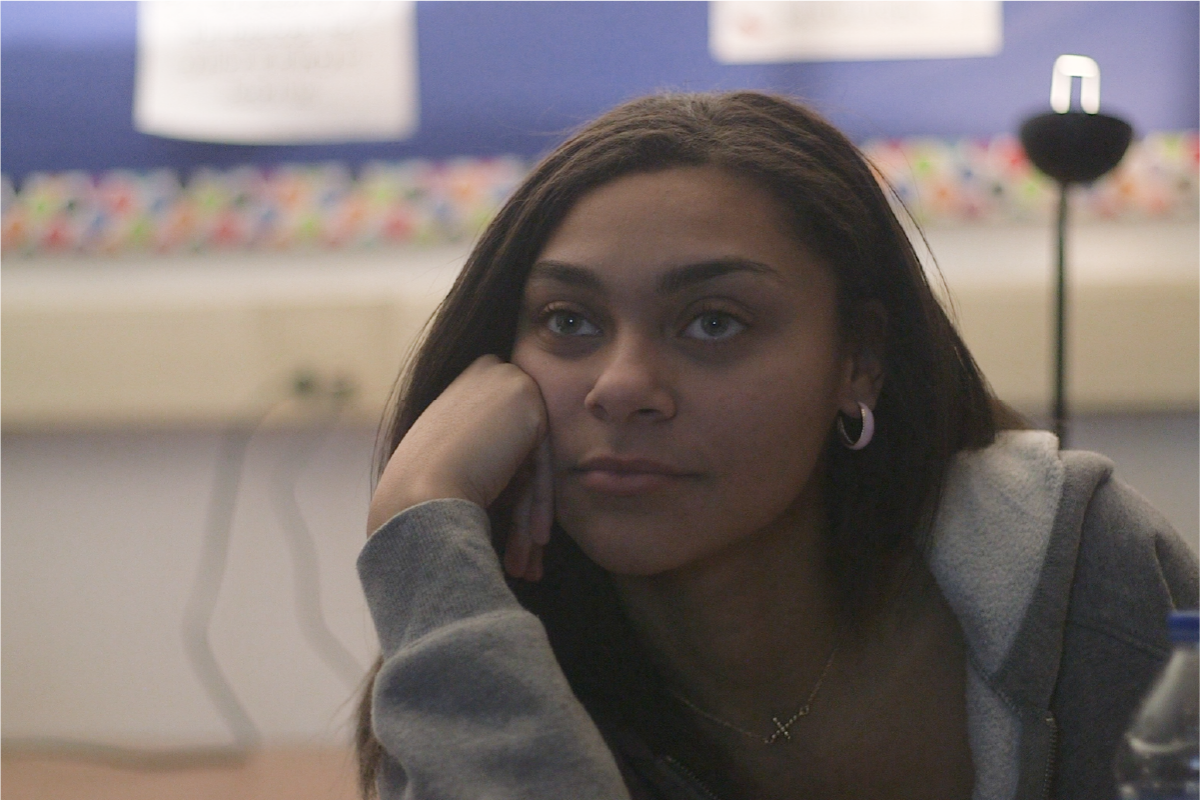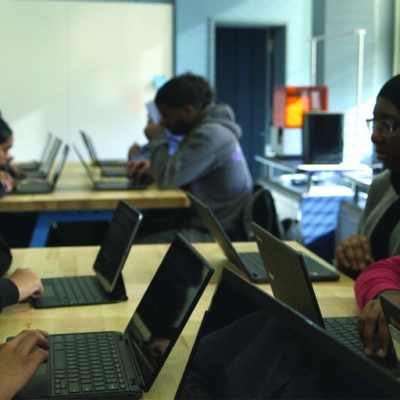
How Social and Emotional Learning Nurtures the Teen Brain
For HS educators and administrators looking to prioritize their students’ mental health, social and emotional learning programs that nourish teens developmentally and support their thriving beyond the classroom can be transformative.
This post is the next in our series, Supporting Teen Mental Health, which shares tools and insights that support educators, parents, and youth-serving adults in showing up for teens in this moment of need. Read earlier posts in the series about mindfully managing difficult emotions and using social media actively and intentionally.
"My understanding of myself changed a great deal."
"I learned how to be a better friend."
"I was able to deal with aspects of myself that I never really had before."
"It's nice to know that you're not alone in seeing yourself a certain way."
Each of these quotes shared by teens is a testament to what happens when schools provide them with meaningful opportunities to actively explore who they are and who they want to be in the world and to build the social and emotional skills that support their mental health and development.
Adolescence is the last major window of neuroplasticity, a time when the teen brain is open to incredible learning potential, on one hand, and heightened vulnerability, on the other. Half of all serious mental health disorders in adults begin by age 14, making early prevention and intervention critical. High quality social and emotional learning interventions have been linked to reduced symptoms of anxiety and depression and lower levels of emotional distress among young people. But even teens who are not experiencing mental health struggles have specific developmental needs when it comes to maintaining and improving mental health. These include having opportunities to figure out who they are, to experience autonomy and independence, and to refine their relationship skills as interactions with both peers and adults in their lives become deeper and more complex. Each of these skills, and many more, are the aim and outcome of quality school-based social and emotional learning efforts.
The U.S. Surgeon General's Advisory on Protecting Youth Mental Health notes the role school communities can play in helping young people find "a sense of purpose, fulfillment, and belonging," supporting them in "managing their mental health challenges." Accordingly, they recommend that educators, school staff, and school districts continue to "expand social and emotional learning programs and other evidence-based approaches that promote healthy development." Mental health supports fall on a continuum of care, and high quality social and emotional learning programs are a "Tier 1" intervention, meaning they provide fundamental coping skills all students in a school community need, even as some students will require more intensive and targeted types of mental health support.
The Advisory mentions that creating the foundation for "a healthier, more resilient, and more fulfilled nation" where young people can thrive begins with creating "accessible space in our homes, schools, workplaces, and communities." To us, "access" means meeting teens where they are developmentally with tools they are familiar with and inviting them to the table when those tools are being developed to share how and what they want to learn. At iThrive, we specialize in creating social and emotional learning experiences that enlist the power of play and respond to teens' unique developmental needs. By design, we prioritize teen voice, personal relevance, and student choice in what we create with and for young people. The genius, creativity, and insight of the teens we work with continues to steer our game and curriculum development work, resulting in memorable and meaningful learning experiences that engage them deeply.
For educators and administrators looking to prioritize their students' mental health, social and emotional learning opportunities and the core skill-building they foster can be a powerful and transformative lever.
HERE ARE THREE WAYS TO ENHANCE YOUR SCHOOL OR DISTRICT COMMUNITY'S COMMITMENT TO SOCIAL AND EMOTIONAL SKILL DEVELOPMENT IN TEENS:
1. CALL SOCIAL AND EMOTIONAL SKILLS WHAT THEY ARE: ESSENTIAL SKILLS.
We've written about it before, and it bears repeating. How we talk about something impacts how it is received and regarded. In a world where polarization and hatred threaten our unity, we can't afford to downgrade competencies like self-awareness, self-regulation, showing empathy and care, effectively advocating for ourselves and others, and making responsible decisions for the greater good to "soft skills." Raising the profile of these core skills to an educational and humanistic priority sets the scene for innovative programming and instruction that responds to and addresses students' needs. To quote a member of our Educator Advisory Council, "Education is not an academic pursuit, it's a relational one. They listen to me because of the relationship, not because I'm the teacher." Meeting social and emotional needs is, simply put, the foundation for effective learning.
2. FIND TOOLS THAT EMBED SOCIAL AND EMOTIONAL LEARNING INTO CORE ACADEMIC CONTENT.
Social and emotional learning efforts are powerful when evidence-based tools are embedded into the content students are already learning, and there's often a natural alignment. Our iThrive Sim role-playing simulation games designed for high school social studies classes, for example, build on the natural synergy between civics education and social and emotional competencies. As students collaborate to make decisions that drive each iThrive Sim scenario forward, they expand their civic knowledge while practicing core social and emotional skills like managing stress, regulating emotions, and making responsible decisions. Likewise, iThrive Curriculum's learning units pair with immersive games to support high school English and humanities educators in discussing self- and social awareness, self-management, and relationship skills with their students. As students work through these curricular units together, the narrative at the center of the game becomes an organic springboard for meaningful reflection and conversations about identity, relationships, and communication.
3. ADOPT AN EQUITY LENS.
Emotions and social connections drive learning. In that sense, social and emotional learning is ultimately about ensuring students' preparedness and ability to learn; all students deserve that fair chance. Implementing high-quality and evidence-based social and emotional learning experiences is a key step toward equity in your school or district community. Taking it a step further, social and emotional learning experiences themselves should be designed with equity and access in mind. iThrive's tools are designed to be representative of and accessible to diverse learners in line with our commitment to equity and universal design for learning principles. Gabbrielle Rappolt-Schlichtmann, an internationally recognized expert in learning science and accessible learning, calls our offerings, "the most innovative, integrated social and emotional learning work I've seen in the high school space."
Social and emotional learning opportunities tend to teens' whole selves. They help young people look inward and deepen their ability to know themselves, name their needs, regulate their feelings and behaviors, and embrace others with empathy and curiosity. Committing to these three practices to support social and emotional learning efforts will meaningfully move school communities toward helping students develop core skills and competencies that support their mental health and emotional resilience, setting them up for thriving far beyond school walls.


